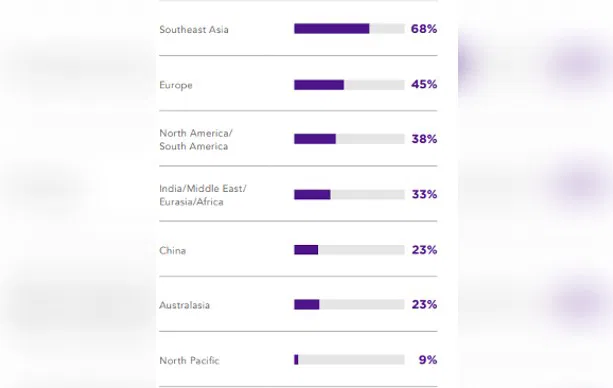share on
Accelerating digital transformation has been found to offer the greatest growth potential, according to business leaders surveyed in the region.
Planning an effective and efficient growth strategy for an SME is no easy feat. However, with advancements in technology, small-and-midsize companies (SMEs) in the APAC region can breathe a little lighter.
A report conducted by Forbes Insights, in association with FedEx surveyed 250 SMEs based in the AsiaPacific region and found three trends business leaders should take into consideration when preparing a successful growth strategy.
Accelerating digital transformation offers greatest growth potential
According to the survey, the top priority for business leaders is to improve customer experience. However, small budgets for such investments hinder these goals from becoming a reality.
To improve customer experience, businesses need to adopt more advanced analytics and machine learning solutions.
The survey revealed the top five greatest opportunities for global growth over the next three years:
A majority of the respondents (66%) said organisations must implement automated and predictive technologies like AI to stay competitive within a global market. To that note, most business leaders surveyed see accelerating digital transformation as the greatest opportunity for global growth.
The above aside, the survey also noted that having both physical and technological connectedness will create the possibility of global reach for SMEs.
Business leaders see the most growth potential in Southeast Asia
According to the survey, most respondents find that best region to do business with suppliers and customers over the next three years are within Asia. In fact, a majority anticipate growth in both Southeast Asia and Europe.
China, Europe, and the Americas have large economies, but the survey found they are also the most difficult places for Asia-based SMEs to navigate.
On the other hand, business leaders showcased a preference to do business within Asia — specifically Southeast Asia — and believe it is more strategic to build an international business strategy before going farther afield.
Customs clearance is the biggest barrier to cross-border commerce
For SMEs, having just one person in charge of packing and shipping, navigating the maze of tariff schedules, tax entities, and customs clearance can be overwhelming.
The survey reported 50% of respondents feeling that the biggest barrier when navigating cross-border business is government customs requirements, tariffs, customs clearance.
This is followed by marketing/gaining visibility into global markets/finding customers (45%) and Finding partners/suppliers in global markets (42%).
To summarise, technology and automation have been cited as the key to growth for SMEs. Despite the limited IT budget, organisations can tap into their global partners' technology and specialised knowledge that would usually be out of reach.
Lead image / Taken from report
share on


